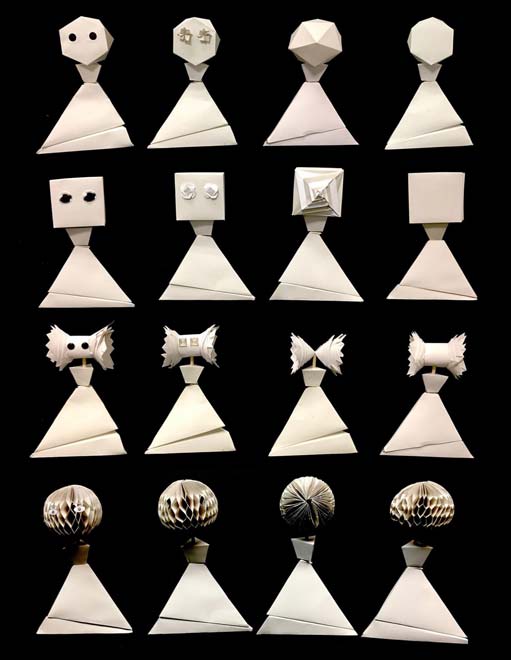The Effects of Eye Design on the Perception of Social Robots
| Michal Luria | Jessica Hodgins | and Jodi Forlizzi |
Proceedings of the 27th IEEE International Symposium on Robot and Human Interactive Communication (RO-MAN) (2018)

Abstract— Engagement with social robots is influenced by their appearance and shape. While robots are designed with various features, almost all designs have some form of eyes. In this paper, we evaluate eye design variations for tabletop robots in a lab study, with the goal of learning how they influence participants’ perception of the robots’ personality and functionality. This evaluation is conducted with non-working “paper prototypes”, a common design methodology which enables quick evaluation of a variety of designs. By comparing sixteen eye designs we found: (1) The more lifelike the design of the eyes was, the higher the robot was rated on personable qualities, and the more suitable it was perceived to be for the home; (2) Eye design did not affect how professional and how suitable for the office the robot was perceived to be. We suggest that designers can use paper prototypes as a design methodology to quickly evaluate variations of a particular feature for social robots.
Michal Luria, Jessica Hodgins,and Jodi Forlizzi (2018). The Effects of Eye Design on the Perception of Social Robots. Proceedings of the 27th IEEE International Symposium on Robot and Human Interactive Communication (RO-MAN), 1032-1037.
@article{
author = {Michal Luria, Jessica Hodgins,and Jodi Forlizzi},
title = {The Effects of Eye Design on the Perception of Social Robots},
journal = {Proceedings of the 27th IEEE International Symposium on Robot and Human Interactive Communication (RO-MAN)},
issue_date = {August 2018},
month = Aug,
year = {2018},
pages = {1032-1037},
url = {https://ieeexplore.ieee.org/stamp/stamp.jsp?arnumber=8525767},
publisher = {IEEE},

